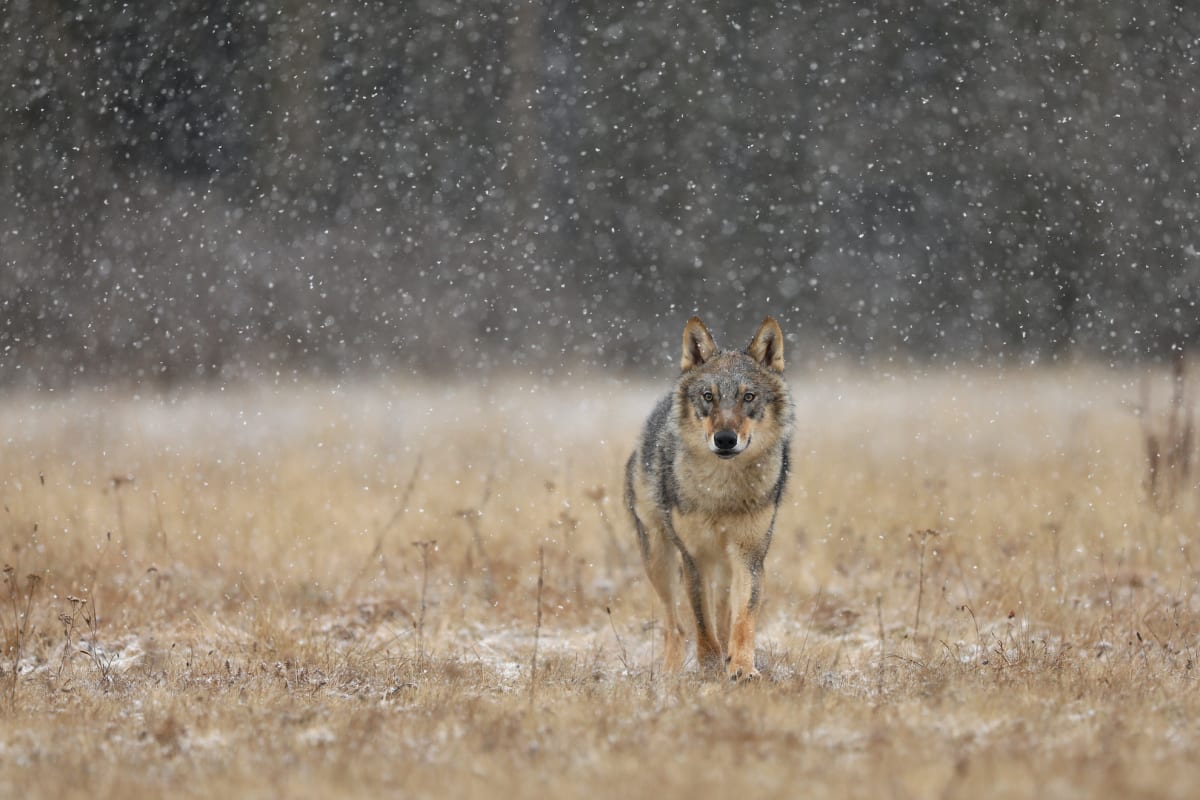
We need air, we need water, we need food. We depend on the planet’s complex ecosystem to provide all of these things. Without a diverse ecosystem, we won’t survive.
Pollinators such as birds, bees and other insects are estimated to be responsible for a third of the world’s crop production. Microbes and invertebrates in the soil help keep the soil healthy for growing food. Our diverse ecosystem is what keeps the water and air clean, and makes it possible to produce our food. In short, biodiversity is essential for the processes that support all life on Earth, including humans.
A mass extinction is a short period of geological time in which a high percentage of biodiversity, or distinct species dies out. (Think dinosaurs.) Scientists now believe we’re in the midst of a mass extinction, and this one is driven by humans: our unsustainable use of land, water and energy use, and climate change, according to World Wildlife Fund.
A report by WWF reveals an average decline of 69% in species populations since 1970. While conservation efforts can--and do--work, urgent action is still needed to reverse this nature loss.
Big changes in the way we produce and consume will make a difference, the WWF report says. These include making food production and trade more efficient, reducing waste, and favoring healthier and more sustainable diets.
Hunting and habitat loss in the past drove many large mammals in Europe close to extinction. But conservation efforts there appear to be helping — many of the continent’s mammal populations are flourishing again.
A 2011 study commissioned by Rewilding Europe from the Zoological Society of London and partners found five European carnivore species--the brown bear, Eurasian lynx, wolverine, grey wolf and golden jackal--all expanding their range.
The latest report by Rewilding Europe shows the trend continues to be promising. Hannah Richie, head of research at Our World in Data, gathered the data from the 2022 Rewilding Europe report to create a list of mammals in Europe that are making a comeback.
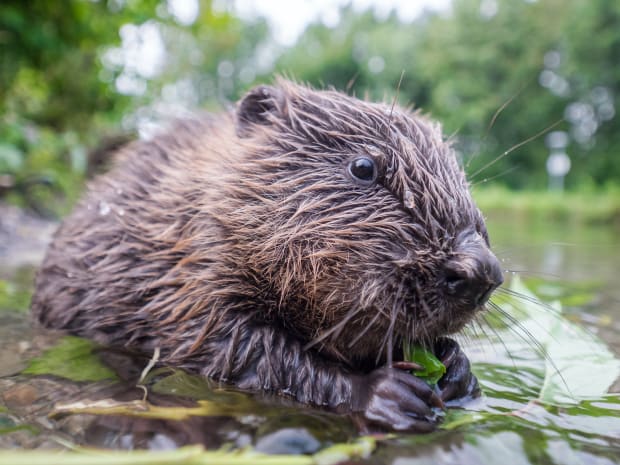
1. Eurasian beaver
Castor fiber
- Number of populations included in study: 98
- Time span studied: 1960-2016
- Average relative change in abundance: 16,705%
Beavers nearly disappeared during the early 19th century from most of Europe, hunted for their fur and because they were seen as a damaging pest for forestry and agriculture. Around 1,200 remained in five isolated sites in France, Germany, Norway, Ukraine and Russia, but the species eventually recovered as a result of legal protection and targeted conservation measures, according to the Wildlife Comeback Report.
Beavers are highly beneficial and their ponds can help mitigate the impacts of climate change. They create wetlands that are important habitat for many other mammals, birds, fish and amphibians, according to the Sierra Wildlife Coalition.
Pictured is a beaver on the Traisen River in Austria.
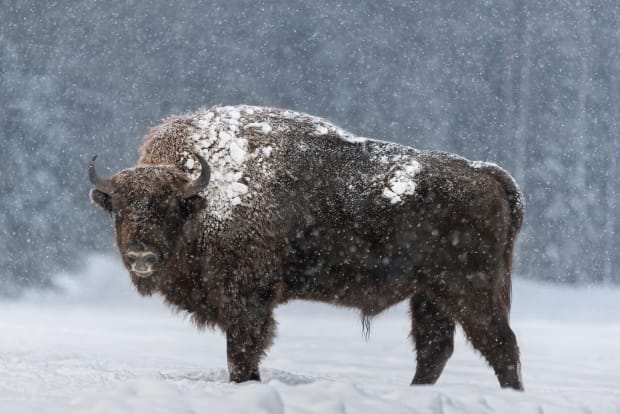
2. European bison
Bison bonasus
- Number of populations included in the study: 20
- Time span studied: 1960-2016
- Average relative change in abundance: 16,626%
The bison once ranged throughout the lowlands of Europe, with the last wild populations in Poland becoming extinct by 1927. They have since been reintroduced from captivity into several European countries, according to Rewilding Europe.
This huge bull was photographed in the Bialowieza Forest World Heritage site, on the border between Poland and Belarus, where the largest population of the species exists.
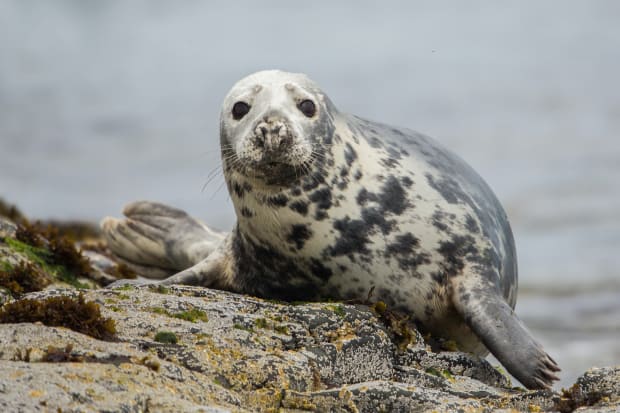
3. Grey seal
Halichoerus grypus
- Number of populations included: 18
- Time span: 1978-2016
- Average relative change in abundance: 6,273%
Grey seals on both sides of the Atlantic are often killed by fishermen, to prevent damage to nets, traps and catch. This form of shooting is legal in most countries within the grey seal's range.This seal was photographed in the Farne Islands, Scotland.
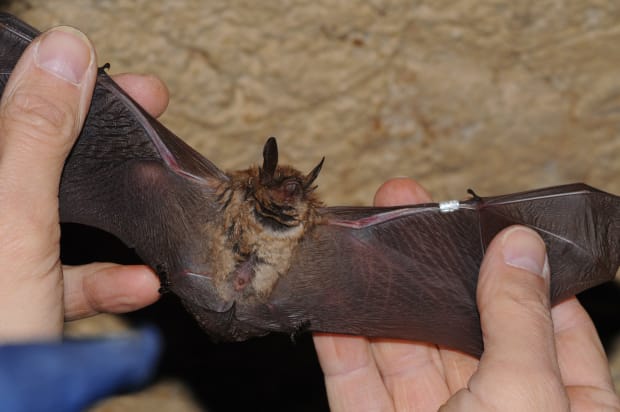
4. Geoffroy's bat
Myotis emarginatus
- Number of populations included: 12
- Time span: 1974-2016
- Average relative change in abundance: 5,392%
Bats are voracious insect eaters and help control the insect population. They also pollinate, disperse, and protect valuable cash crops. Bats are under unprecedented threat from widespread habitat destruction, accelerated climate change, invasive species, and other stresses. Without concerted international action, their populations will continue to fall, driving many species to extinction, according to Bat Conservation International.
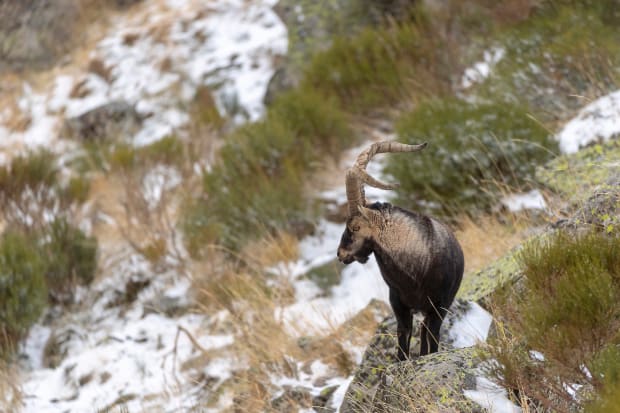
5. Iberian wild goat
Capra pyrenaica
- Number of populations included: 9
- Time span: 1966-2012
- Average relative change in abundance: 3,502%

6. Grey wolf
Canis lupus
- Number of populations included: 86
- Time span: 1965-2016
- Average relative change in abundance: 1,871%
Wolves have suffered a long history of hunting and persecution so that by the first half of the 20th century the animal had disappeared from most Western European countries. As humans began to better understand the value of apex predators, wolves are now protected in most European countries.
Spreading outward from strongholds in Poland and the Carpathians, Eurasian wolf packs and individuals have now been spotted as far west as the Netherlands, Belgium and Luxembourg, according to Rewilding Europe.
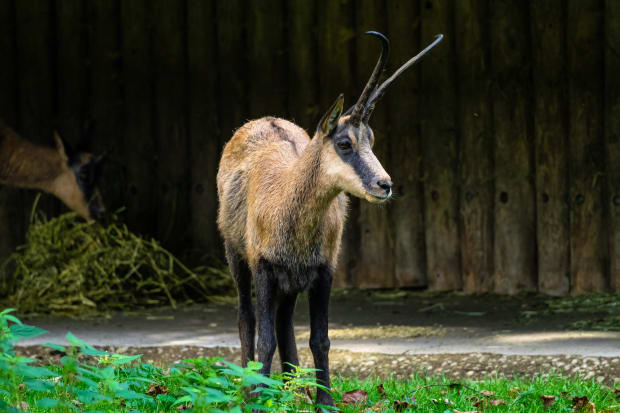
7. Southern chamois
Rupicapra pyrenaica
- Number of populations included: 31
- Time span: 1970-2016
- Average relative change in abundance: 1,549%
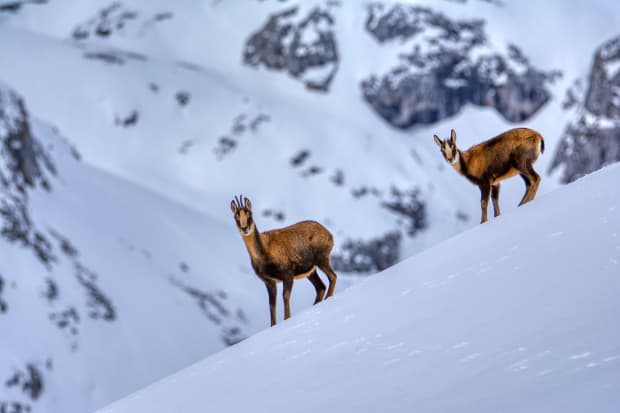
8. Chamois
Rupicapra rupicapra
- Number of populations included: 31
- Time span: 1960-2016
- Average relative change in abundance: 1,045%
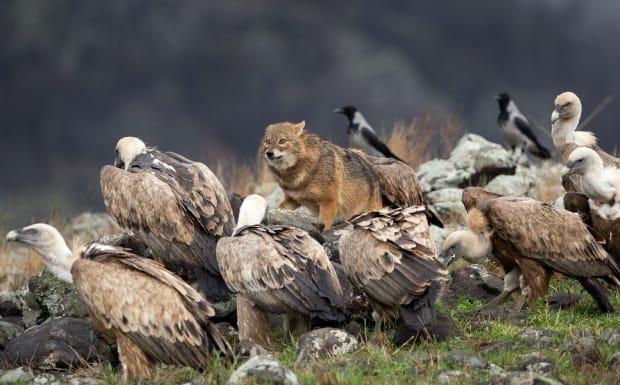
9. Golden jackal
Canis aureus
- Number of populations included: 4
- Time span: 2001-2015
- Average relative change in abundance: 886%
Pictured is a golden jackal defending its prey from vultures in Bulgaria's Rhodope mountains.
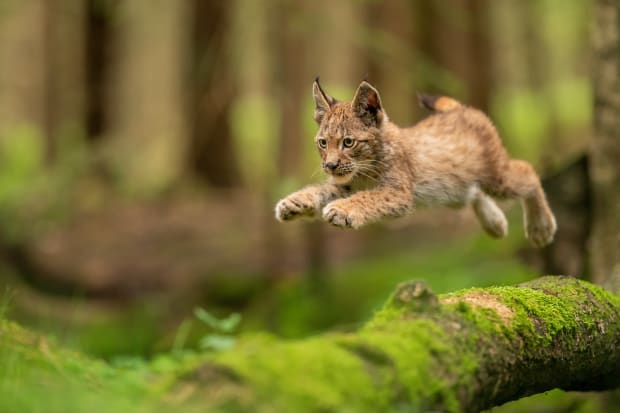
10. Eurasian lynx
Lynx lynx
- Number of populations included: 75
- Time span: 1963-2016
- Average relative change in abundance: 524%
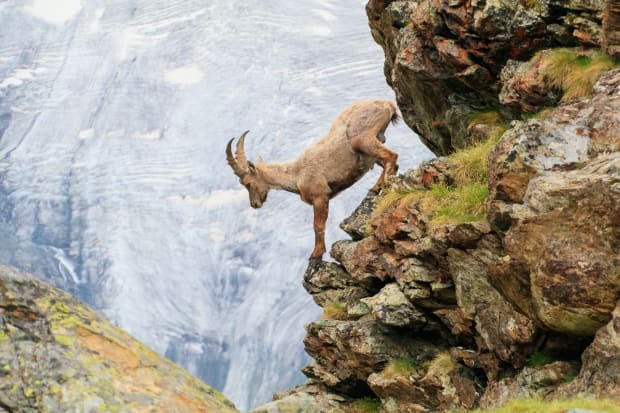
11. Alpine ibex
Capra ibex
- Number of populations included: 6
- Time span: 1975-2016
- Average relative change in abundance: 417%
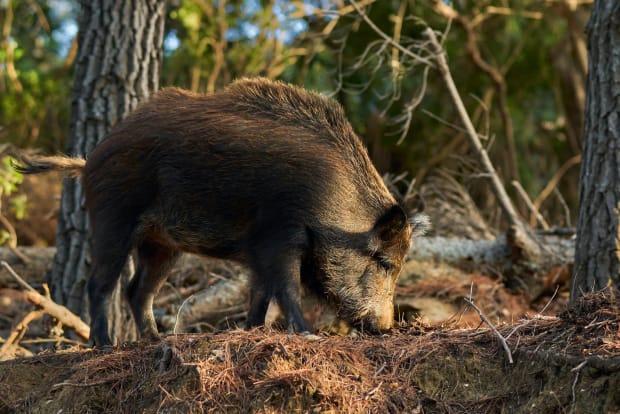
12. Wild boar
Sus scrofa
- Number of populations included: 73
- Time span: 1967-2016
- Average relative change in abundance: 390%
This boar was spotted in the Sierra de las Nieves near Malaga, Spain
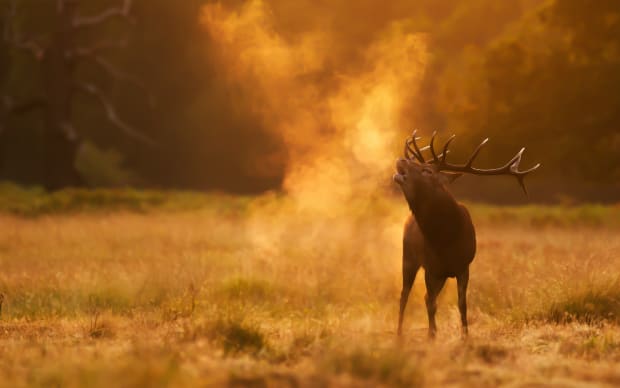
13. Red deer
Cervus elaphus
- Number of populations included: 63
- Time span: 1960-2016
- Average relative change in abundance: 331%
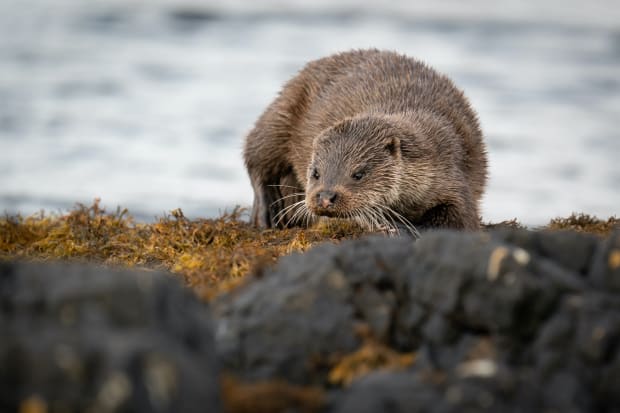
14. Eurasian otter
Lutra lutra
- Number of populations included: 31
- Time span: 1977-2016
- Average relative change in abundance: 294%
This otter was photographed in Scotland.
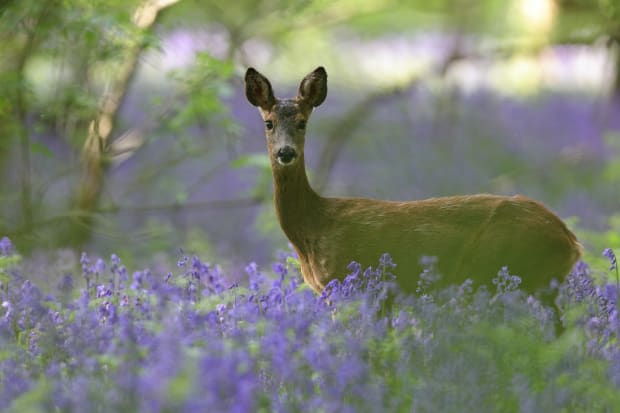
15. Western roe deer
Capreolus capreolus
- Number of populations included: 59
- Time span: 1966-2016
- Average relative change in abundance: 287%
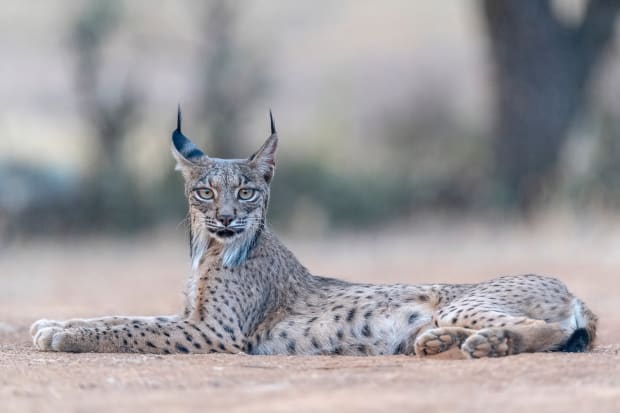
16. Iberian lynx
Lynx pardinus
- Number of populations included: 7
- Time span: 1987-2016
- Average relative change in abundance: 252%
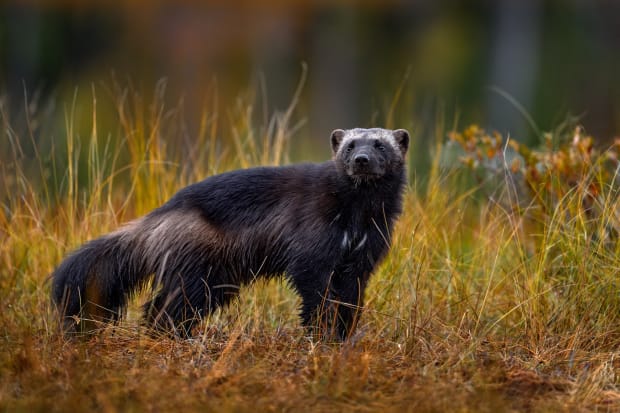
17. Wolverine
Gulo gulo
- Number of populations included: 19
- Time span: 1989-2016
- Average relative change in abundance: 196%
This wolverine was photographed in Finland.
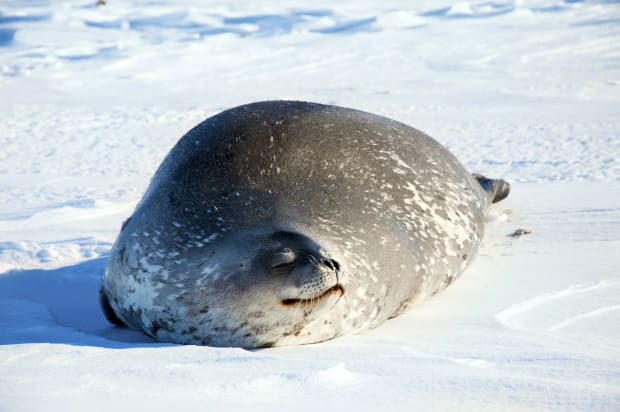
18. Ringed seal
Pusa hispida
- Number of populations included: 12
- Time span: 1971-2016
- Average relative change in abundance: 142%
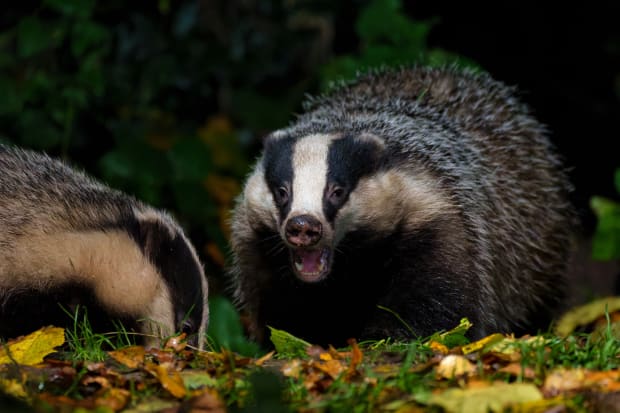
19. Eurasian badger
Meles meles
- Number of populations included: 69
- Time span: 1960-2016
- Average relative change in abundance: 110%
These badgers were spotted in the forest of Drenthe in the Netherlands.
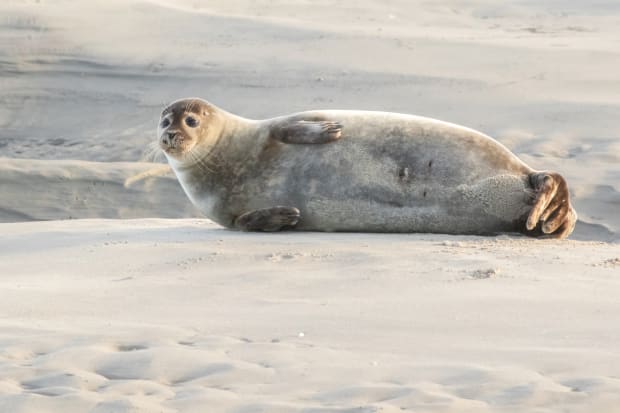
20. Harbour seal
Phoca vitulina
- Number of populations included: 32
- Time span: 1960-2016
- Average relative change in abundance: 91%
Above, a harbour seal sunbathes on a beach in Baie d'Authie in France.
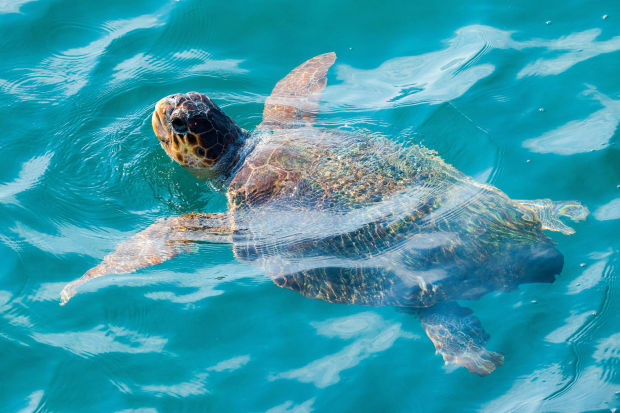
21. Loggerhead turtle
Caretta caretta
- Number of populations included: 14
- Time span: 1984-2016
- Average relative change in abundance: 68%
The turtle is not a mammal, but was included in the data set because it is a well-studied, important animal that has made a significant recovery. This one was seen in the waters of Zakynthos, Greece.
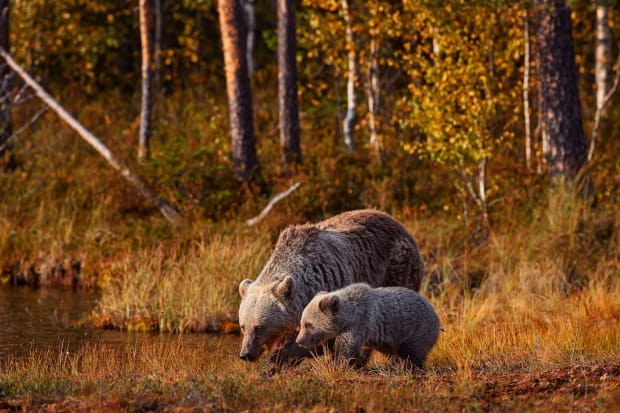
22. Brown bear
Ursus arctos
- Number of populations included: 67
- Time span: 1960-2016
- Average relative change in abundance: 44%
Above, a mother bear and cub in Finland.
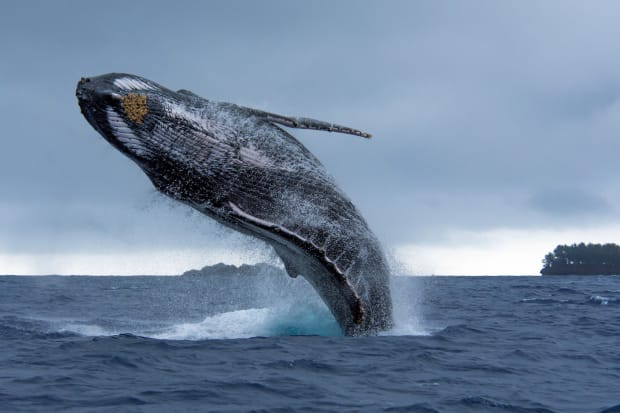
23. Humpback whale
Megaptera novaeangliae
- Number of populations included: 2
- Time span: 1997-2009
- Average relative change in abundance: 37%
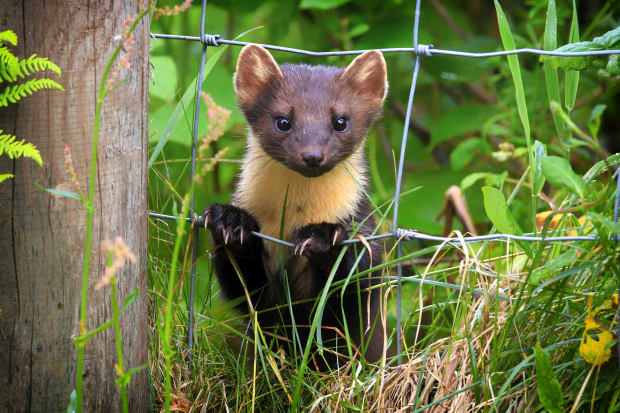
24. Pine marten
Martes martes
- Number of populations included: 25
- Time span: 1986-2016
- Average relative change in abundance: 21%
This little guy was spotted in the Scottish Highlands.
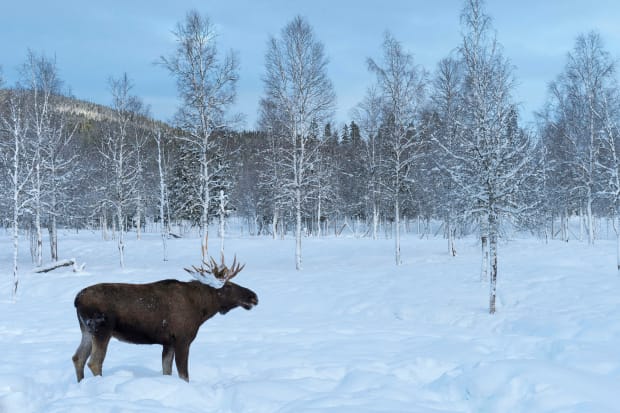
25. Eurasian elk
Alces alces
- Number of populations included: 55
- Time span: 1970-2016
- Average relative change in abundance: 17%
This elk was photographed in Trones, Norway. These elk are the same species as moose in America.
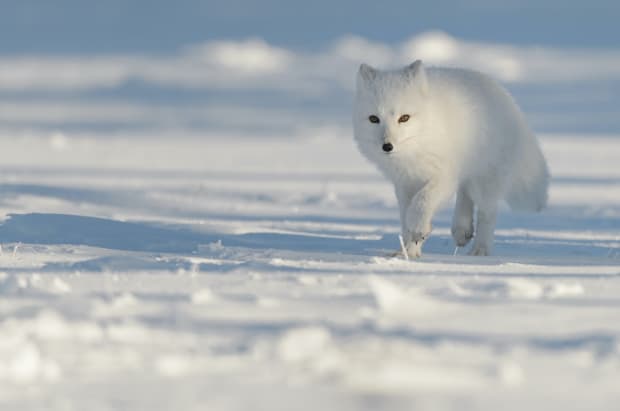
Five Very Endangered Animals
Five Very Endangered Animals:
The arctic fox, the European mink, Mediterranean monk seal, the North Atlantic right whale and the polar bear are currently among the most endangered mammals in Europe, according to the European Parliament.
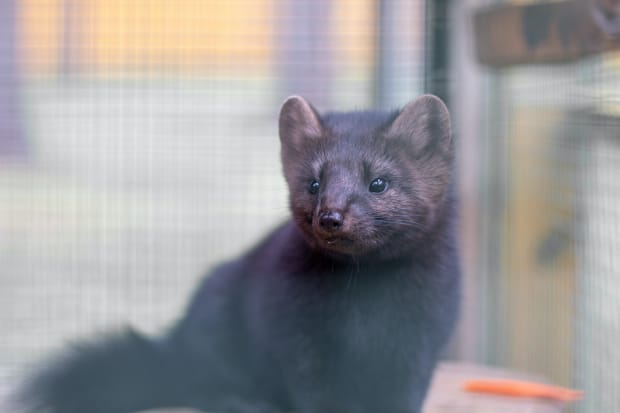
The European Mink
Long hunted for its fur, the European mink is a critically endangered species on the IUCN Red List.
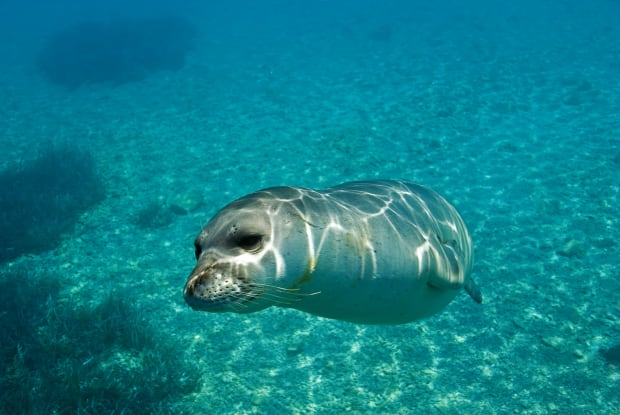
Mediterranean Monk Seal
The Mediterranean monk seal is one of the rarest marine mammals in the world. As of 2015, it was estimated that fewer than 700 individuals survived in three or four isolated subpopulations.
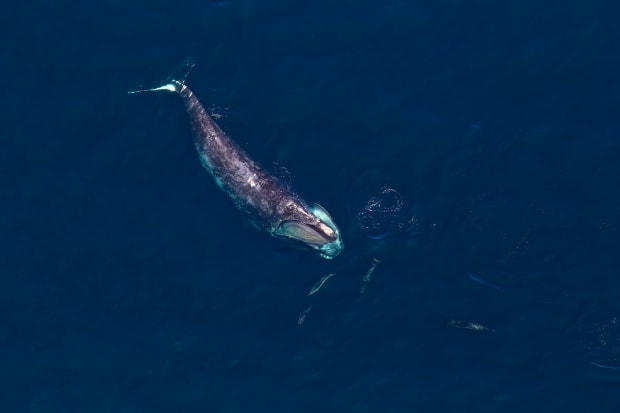
The North Atlantic Right Whale
A North Atlantic right whale is seen with five dolphins in Stellwagen Bank National Marine Sanctuary off the coast of Massachusetts.
Entanglement in fishing gear and vessel strikes are the leading causes of deaths of these whales. Increasing ocean noise levels from human activities are also a concern since the noise may interfere with right whale communication. According to NOAA, these extraordinary creatures are approaching extinction with fewer than 350 remaining.
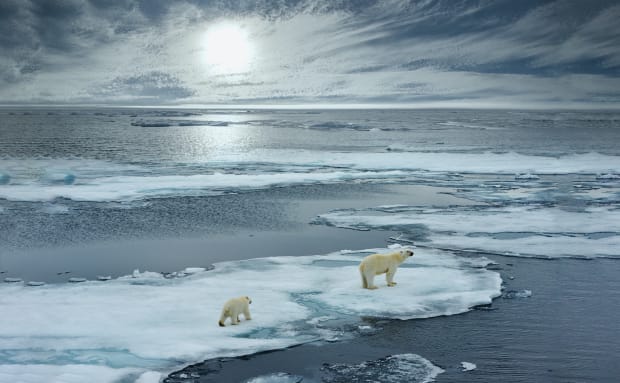
The Polar Bear
The largest bear in the world and the Arctic's top predator, polar bears are a powerful symbol of the strength and endurance of the Arctic. Unfortunately, they've also become a symbol of climate change and loss of species.
There are 19 populations in the world that have returned mostly to healthy numbers, but some are stable, some seem to be increasing, and some are decreasing due to various pressures, according to World Wildlife Fund. They depend on sea ice for their existence. Scientists predict that in less than 20 years only a fringe of ice will remain in Northeast Canada and Northern Greenland when all other large areas of summer ice are gone.
There are many ways in which we can reverse nature loss, including bolder and more ambitious conservation efforts. There are still small things you can do every day to help.
These are suggestions from the Living Planet report 2022.
1. Use less energy: You know the drill: Turn off lights and appliances you're not using, lower your thermostat, put on a sweater.
2. Buy less stuff: If something breaks, repair it. Take advantage of the sharing economy -- you can share things, borrow them or buy used, too. Here are 30 ways to reduce waste that will also save you money, and ways to reduce plastic waste.
3. Travel greener: Taking a train has a lower carbon footprint than driving, and flying economy class has a lower footprint than first class or business class. Here’s how 30 common modes of transportation rank by carbon footprint.
4. Think about your food: Animal-sourced foods generally have a bigger impact on nature than plants and crops, with the production of meat, dairy and seafood causing particular harm. See this list of foods that produce the most and least greenhouse gases.
5. Speak up: Choose a bank that doesn’t invest in fossil fuels, ask your favorite companies to produce more sustainable products and avoid those that pollute or harm the environment.
Read more about the mammals making a comeback at Our World in Data and the Wildlife Comeback Report.







